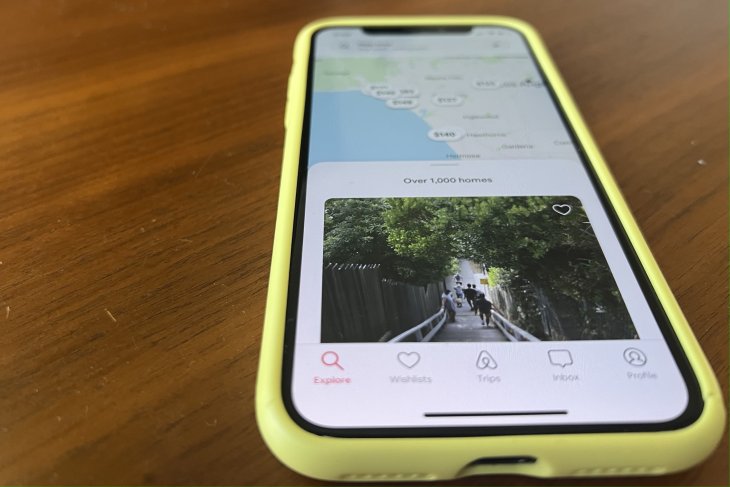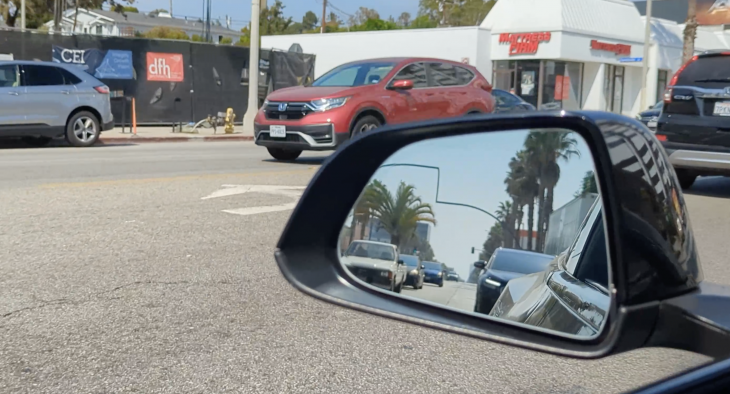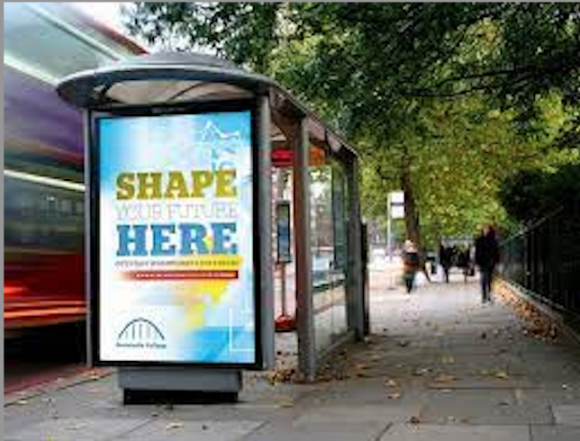Everyone wanting to operate a trucking company in California must obtain a Californian motor carrier permit (MCP). This permit allows you to operate commercial vehicles on public roads. When it comes to the trucking industry, it is also a requirement that allows you to operate vehicles that weigh over a certain weight limit or transport hazardous materials.
When it comes to California, for example, you will need an MCP if you operate vehicles weighing over 10,000 pounds. The California Department of Motor Vehicles (DMV) is the entity that issues motor carrier permits, but you will also need a Commercial Driver’s License (CDL) and possibly other permits or licenses for specific types of operations. There are many things you need to know about obtaining an MCP in California since there are several ways to do it and various steps involved. Here is what you should know!
Working With a Service Provider
Usually, when you want to obtain an MCP, motor carriers must provide proof of liability insurance, vehicle registration, and compliance with safety regulations and other requirements. Obtaining an MCP to legally operate commercial vehicles on public roads and ensure compliance with state and federal regulations isn’t easy, as it involves a lot of paperwork, fees, and visiting different agencies to obtain the necessary documents.
Still, among the best ways to obtain a California motor carrier permit is by working with a service provider in the trucking industry. They can help you with the following:
- Compliance
- Permitting
- Insurance
- Tax reporting and more
Among the best service premier providers in the trucking industry, can take care of all of your needs in one place and ensure that your motor carrier permit application is filled out correctly and all the other paperwork and fees involved are paid, and everything is good to go. This will ensure that your application will be accepted without delays due to wrongly filled forms or other unforeseen circumstances, and if any problems arise during the process, they will help you take care of it right away.
To understand exactly what the steps are in obtaining a California motor carrier permit, here is what the traditional process looks like:
Step 1 – Registering Your Business With the Secretary of State
Before you can apply for a California MCP, you must register your business with the Secretary of State, file the appropriate paperwork, and pay the registration fees associated with the truck industry. You can do this in two ways: online or by mail. No matter what option you choose, keep the receipts and make copies.
Step 2 – Obtaining a USDOT Number
To operate in interstate commerce, you must also have a USDOT number from the Federal Motor Carrier Safety Administration (FMCSA). This number represents your business and track safety information and is used for identification. The fastest way to obtain a USDOT number is by applying online for one through the FMCSA website.
Step 3 – Obtaining Liability Insurance
Any motor carrier that wants to operate vehicles in California must have liability insurance. Each state has a minimum liability insurance set that operators must meet. When it comes to California, the minimum insurance requirement for general freight is $750,000, while for transportation of hazardous materials is $5 million. Still, insurance liability levels can vary depending on the vehicle type you use and the property transported. In some instances, the standard insurance thresholds can start at lower sums, such as at but not below $300,000.
After you finish with the insurance agreements, you must submit proof on one of two forms (CVC 34631, California Code of Regulation (CCR) 220.06), namely the Certificate of Insurance (MC 65 M) and the Certificate of Self-Insurance (MC 131 M).
If you want to apply for a certificate of self-insurance, you must meet the following requirements:
- Demonstrate financial responsibility and prove resources as a motor carrier by providing financial statements, banks references, or other documentation that attests to your ability to pay for any damages or liability claims that might arise from operations
- Have a good safety record with no unsatisfactory safety rating from FMCSA or the California Highway Patrol (CHP)
- Own or lease vehicles registered in California. You must have a minimum of 25 commercial vehicles registered in your motor carrier name.
- Provide a bond or other guarantees in the amount of $500,000 but not above $750,000 to cover any potential liability claims.
The last thing to do to receive a motor carrier certificate of self-insurance is to file an application with the DMV with all the required documents and pay the fees.
Step 4 – Completing the MCP Application
After completing the steps mentioned above, you can start your motor carrier permit application. To apply for a California MCP, you must provide general information about your business. Among the most essential are your USDOT number, liability insurance information, and vehicle information.
Yet, there is a fee associated with applying for an MCP. This fee varies based on the number of vehicles your business operates or plans to operate and the type of motor carrier operations you wish to engage in (for hire or private). Here is where you can find out everything about the fees involved based on your circumstances.
After paying the fees, you can apply for your motor carrier permit online and submit the files here or by mail. Before mailing your application, documents, and fees to the Department of Motor Vehicles in Sacramento, make a copy of your application for your own records.
Receiving Your Motor Carrier Permit
Once you finish completing and submitting your motor carrier application, several things can affect its releases, such as its completeness or other requirements that must be met. It takes 2 to 4 weeks for the DMV to notify you that your application has been received and is reviewed.
However, before your MCP can be issued, the California Highway Patrol Institute will conduct a safety inspection on your vehicles. This usually occurs between 2 to 3 weeks after your application is processed.
After the safety inspection is completed and other necessary corrections are made, the MCP will be issued. This can occur 2 to 3 weeks after the safety inspection. You can receive your motor carrier permit within one or two months if your application is processed quickly and the safety inspection is scheduled early.
If you really want to have your application reviewed and issued fast, you should work with a service trucking agency that can help you with your application and everything it involves. Some organizations can take care of all of your needs in one place.
Once you receive your motor carrier permit, you must display it in all of your vehicles on the driver’s side door of the cab or on the left side of the trailer. It is a legal requirement that allows law enforcement officers to quickly and easily identify a motor carrier and verify if they are in compliance with state and federal regulations. If you do not display your motor carrier permit, you will be subjected to potential fines or penalties for failing to comply with California’s transportation rules.

























